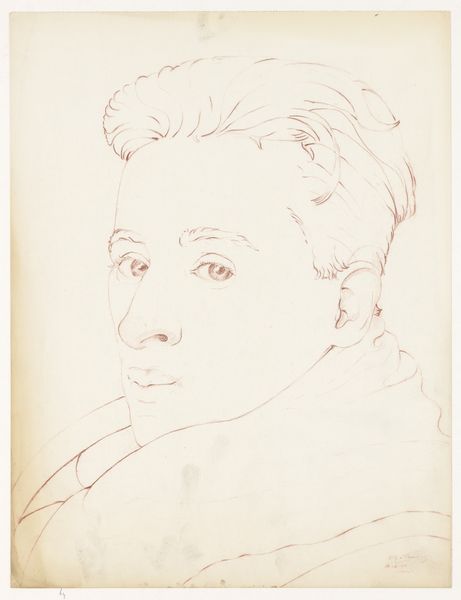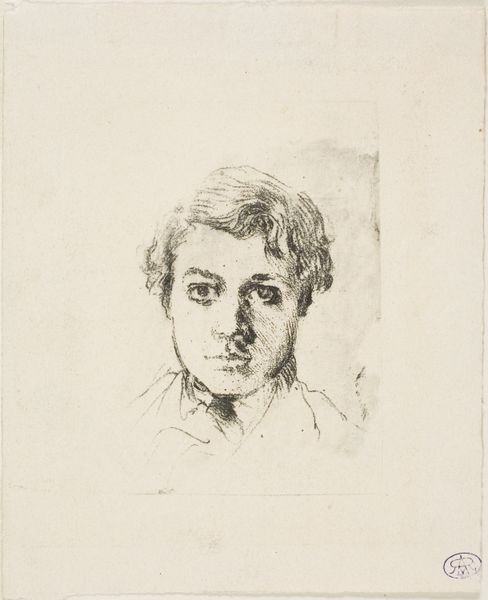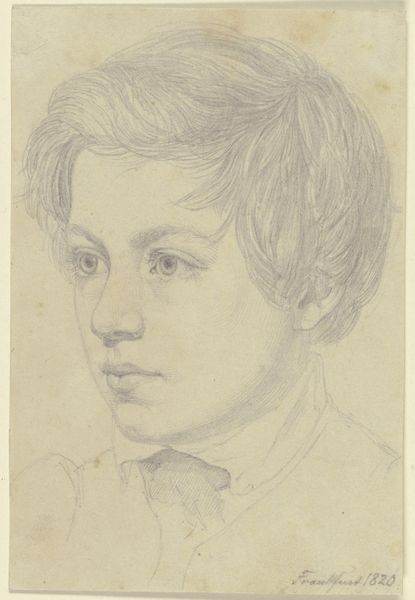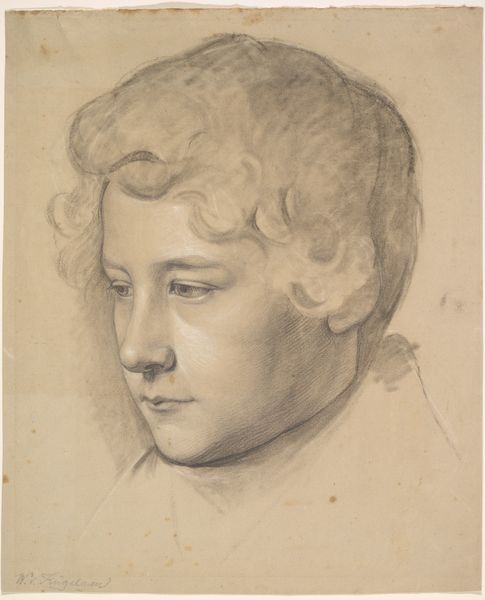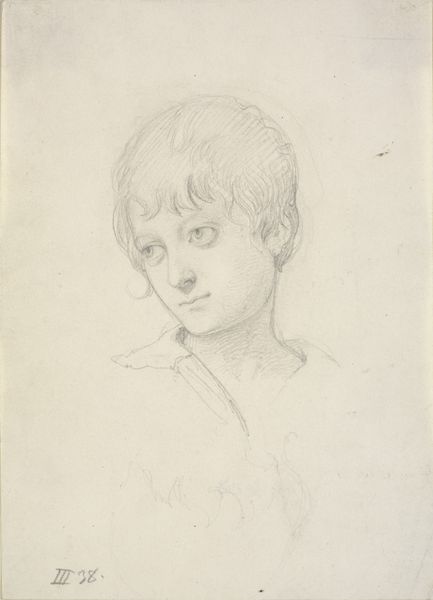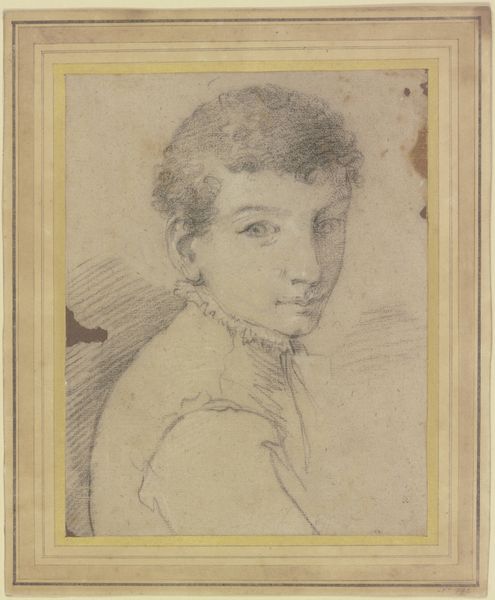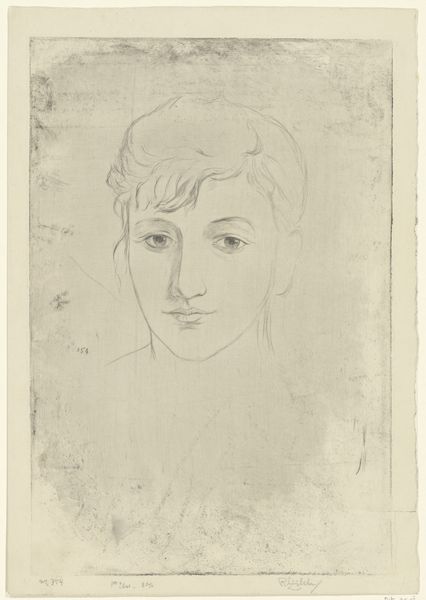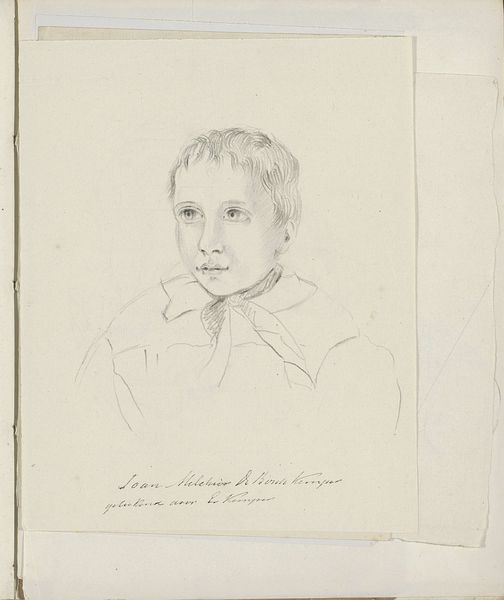
drawing, pencil, chalk
#
portrait
#
drawing
#
16_19th-century
#
impressionism
#
pencil
#
chalk
Copyright: Public Domain
Curator: Before you, we have Edgar Degas' rendering of Joséphine Gaujelin, dating back to around 1867. He captured her likeness through the mediums of pencil and chalk. It currently resides at the Städel Museum. Editor: It’s haunting, isn’t it? There's a starkness to her gaze, intensified by the monochromatic palette and almost unfinished quality. It feels immediate, raw. Curator: The perceived unfinished nature is classic Degas, particularly in his portraits. He was moving away from traditional academic portraiture, and more toward capturing a fleeting impression of the sitter. This can be placed in the context of a changing art world, where academic control was loosening and the avant-garde was gaining traction. Editor: Right, it rejects that staged, idealized presentation, offering something more human, more vulnerable. How do we reconcile this 'unfinished' quality with its clear purpose? She's identified as Joséphine Gaujelin, someone important enough to warrant the commission or perhaps a friend, a study? Curator: That's one of the ongoing debates surrounding this drawing and others like it. The context in which it was created matters a lot. As a bourgeois artist, Degas found himself depicting his own social sphere, although his depictions were far from propaganda. His innovative methods were showcased by showing this society from differing angles and by incorporating influences from Japanese prints and photography, with innovative cropping and a deep awareness of how modernity was changing not just how the world looked but also how people perceived it. Editor: Seeing it through that lens highlights Degas' experimentation and the way women were perceived and represented. It makes you consider the power dynamics present. Who was Joséphine Gaujelin in her own right? And how did 19th-century societal structures shape how Degas portrayed her? This drawing, in its quiet way, is asking bigger questions. Curator: It certainly does. I’ve always appreciated how Degas prompts us to engage actively with both his art and the world it reflects. Editor: Me too. It is the emotional connection that makes you think about history, society and social context.
Comments
No comments
Be the first to comment and join the conversation on the ultimate creative platform.
